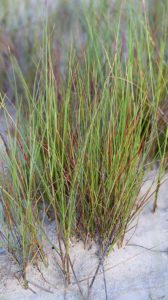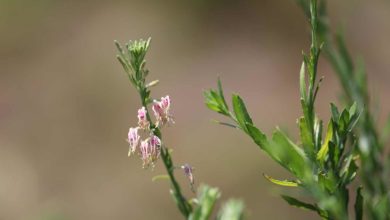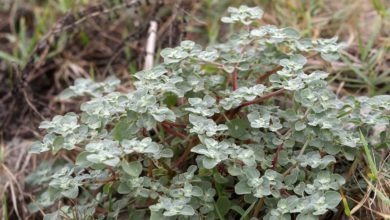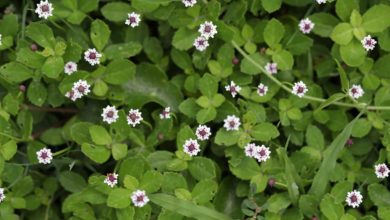Spartina patens, or Salt meadow cordgrass, is found everywhere from coastal foredunes to the high salt marsh, where it is often the dominant monoculture.

It’s native range extends along the East Coast from Newfoundland down across the Gulf of Mexico, where it is regarded as a keystone species. It provides shelter for wildlife and fends off aggressive exotics. On the West Coast, from California to Washington, however, it is considered invasive.
References
Lonard, R. I., Judd, F. W., & Stalter, R. (2010). The biological flora of coastal dunes and wetlands: Spartina patens (W. aiton) G.H. muhlenberg. Journal of Coastal Research, (265), 935-946.
Duncan, W. H., & Duncan, M. B. (1987). The Smithsonian guide to seaside plants of the Gulf and Atlantic coasts from Louisiana to Massachusetts, exclusive of lower peninsular Florida. Washington, D.C: Smithsonian Institution Press.





